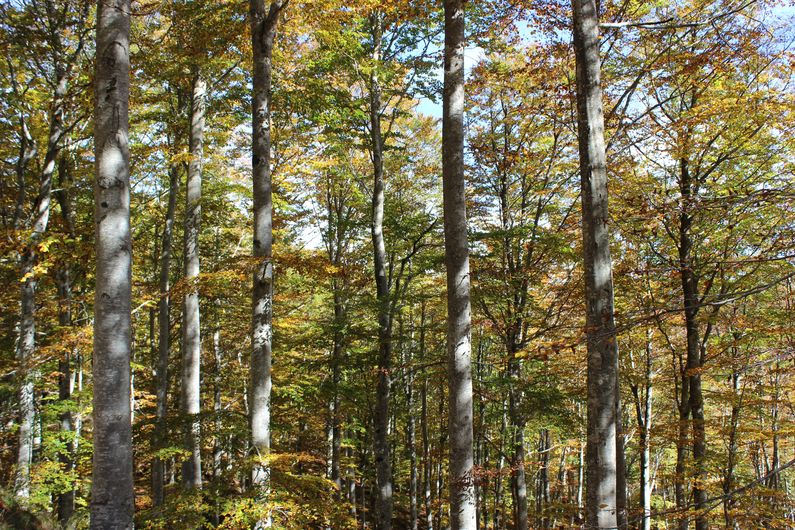
The beech forest walk
8 points of interest
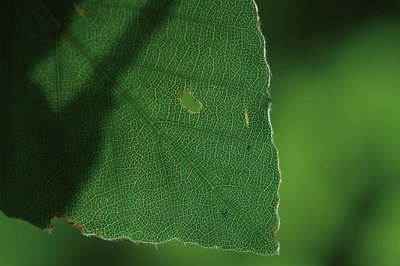
feuille de hêtre - © Emilien Herault  Flora
FloraFrom flower to fruit ...
The beech is a monoecious tree, meaning that female and male flowers are distinct but occur on the same tree. They flower in April and May; insects carry the male reproductive cells (the pollen) to the female cells.
After pollination, the flower produces seeds enclosed in soft-spined husks: beechnuts. Every three to five years, in autumn, an adult beech disperses thousands of seeds.
© Philippe Raichaud  Flora
FloraFrom the seed to the tree
Because most seeds are rich in oils, they are devoured by famished animals in the winter: squirrels, field mice, wild boar, jays, chaffinches… Any seeds still on the ground the following spring can start germinating.
© Mathieu Baconnet  Natural environment
Natural environmentTimber from stumps
Beech trees regenerate very easily; their regrowth is a number of shoots grouped together on the same stump. In the old days, this method (coppicing) was much used to obtain firewood. On the northern slope of Aulas mountain, foresters turned the former coppices into timber plantations on stumps: the new trees with their straight boles were a steady supply of wood for packaging (crates). Since the closure of these companies, the beeches have only been commercialised as firewood.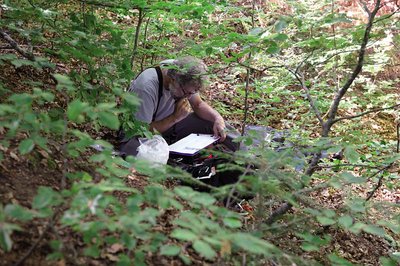
© Gaël Karczewski  Know-how
Know-howThe profession of forester
The forester is a silviculturist, meaning that s/he cultivates the forest to ensure that it is vigorous and healthy. The forester intervenes at all stages in the trees’ life cycle to encourage or oppose natural evolution, depending on the objectives. Sometimes that means momentarily protecting a species dominated by rival plants, for instance by clearing beech seedlings threatened by brambles or young firs. When a plantation reaches maturity – at about 70 years – the forester supervises fructification to make sure there are abundant flowers receiving sufficient light…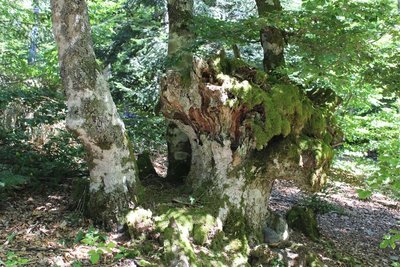
© Valère Marsaudon  Flora
FloraA genetic conservatory
This parcel, no. 308, is an official Conservatory of Genetic Resources. Its trees are vigorous and thus well adapted to the soil, climate and altitude conditions. These qualities of adaptation to the environment are inscribed in their seed, which is why some of their beechnuts are liable to be collected, dehydrated and preserved so as to be used to regenerate the beech forests of the Aigoual massif, if necessary.
Chouette de Tengmalm - © Régis Descamps  Fauna
FaunaA little treasure!
The evolution of plantations, and of handsome beeches with straight boles, is favourable to certain animal species. They include a discreet little owl, 25 cm tall and weighing less than 200g, which resettled the Aigoual massif in 1990: the boreal or Tengmalm’s owl. Nesting trees are marked with yellow paint, and an official period of peace and quiet applies to areas of reproduction from 1 January to 31 July, during which all forestry is forbidden.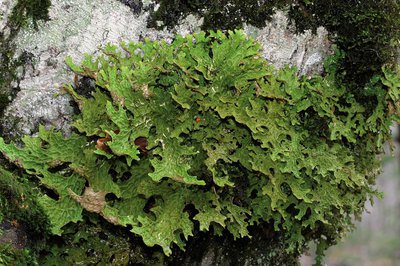
lobaria - © Bruno Descaves  Natural environment
Natural environmentAn ancient forest
Some species, such as the Lobaria pulmonaria lichen, which grows very slowly, are good indicators of a forest’s age. Likewise, some species of herbaceous flora, for instance woodrush, are noticeably more abundant in old forests than in recent forests.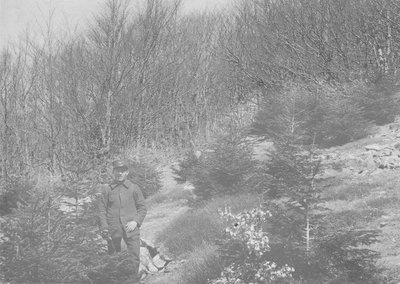
© M Nègre (1923)  Natural environment
Natural environmentThe south-facing slope
Over the centuries, the south-facing slope of Aulas mountain was cleared for pasture, leaving the bedrock bare in places. In the late 19th century, foresters replanted the slope with spruce. These pioneer trees slowly re-established a forest floor and, in their shade, beechnuts germinated. Foresters are now guiding this stand towards a mixed plantation of beech and fir.
Forecast
Altimetric profile
Recommandations
Information desks
Tourism & national parc'house
Col de la Serreyrède, 30570 Val d'Aigoual
The Maison de l'Aigoual houses the tourism office Mont Aigoual Causses Cévennes and the Maison du Parc national. This visitor centre provides information on and raises awareness of the Cévennes National Park, its sites and events as well as the rules that must be observed in the National Park's central zone.
On site: changing exhibitions, video projections, Festival Nature events and shop Open year-round
Access and parking
Parking :
Calculateur d'itinéraire Lio
Utilisez le calculateur liO pour organiser votre trajet en région Occitanie.
Autres régions
Calculez votre itinéraire en Auvergne Rhône Alpes sur Oùra
Biodiversité autour de l'itinéraire
Source


Report a problem or an error
If you have found an error on this page or if you have noticed any problems during your hike, please report them to us here:

